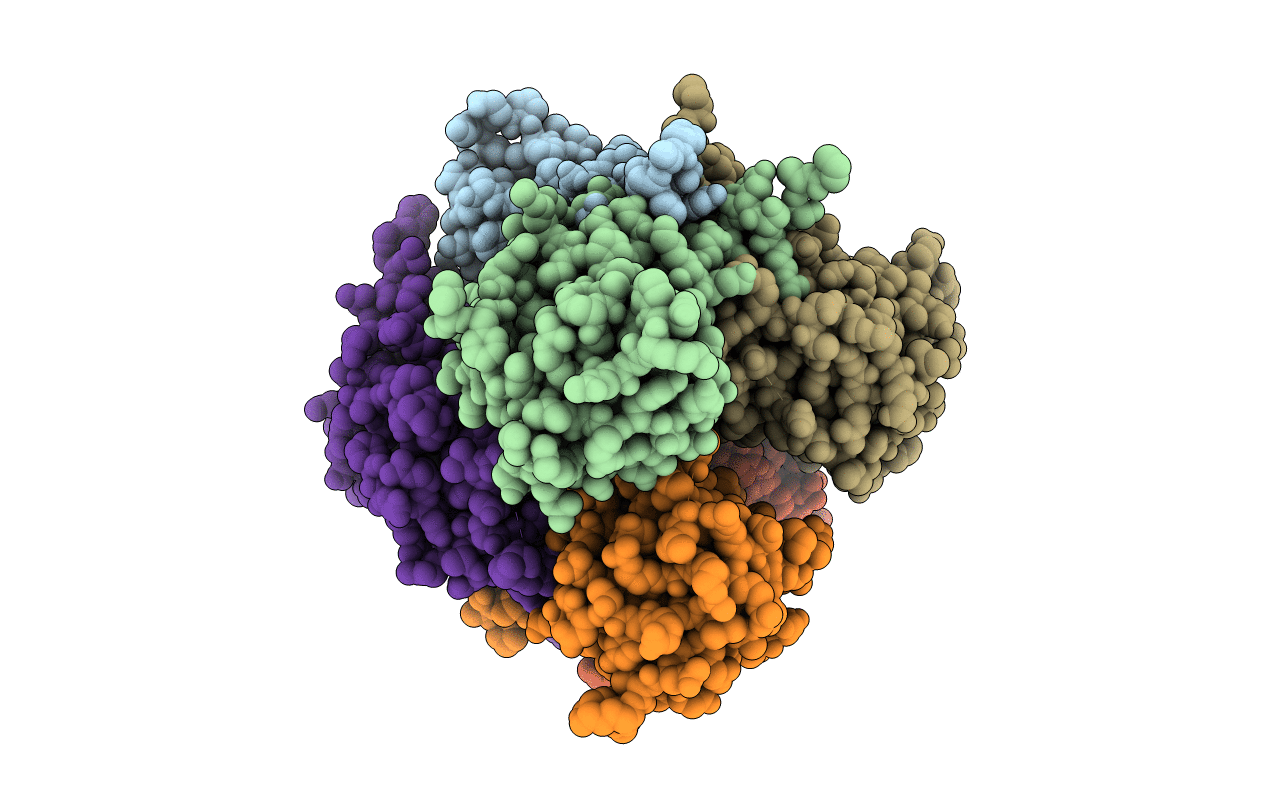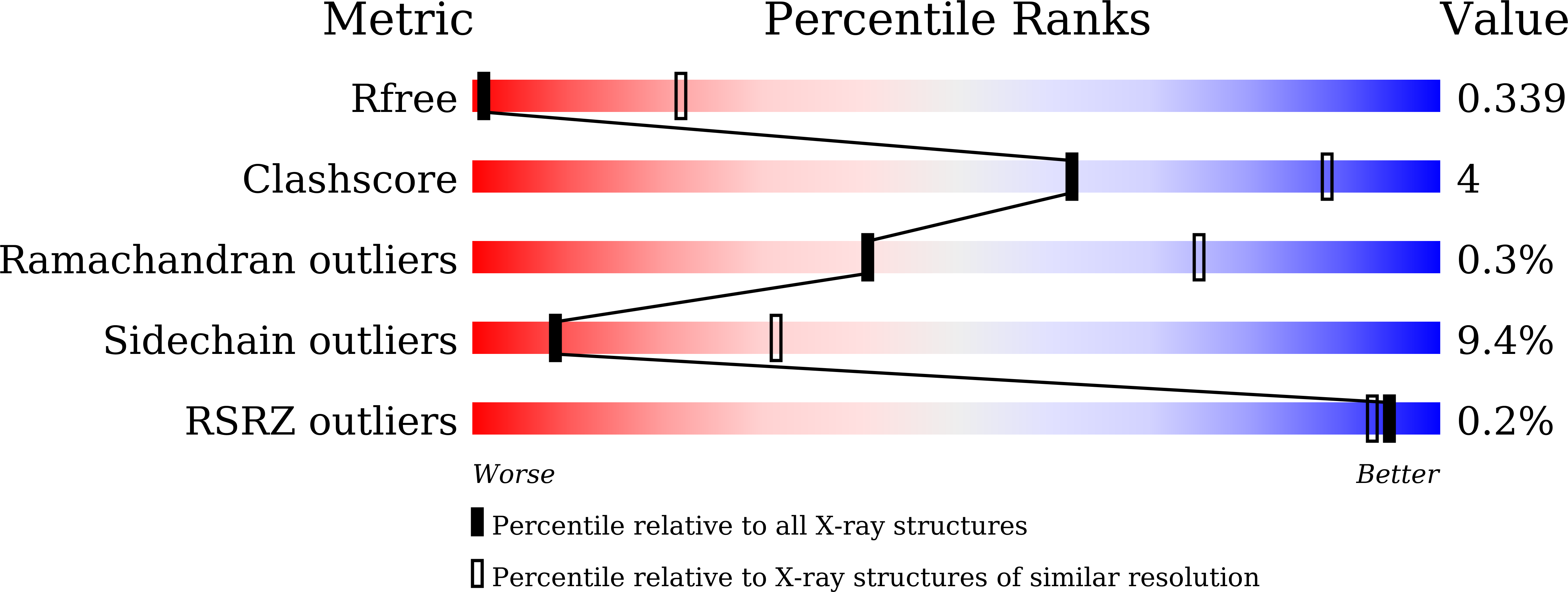
Deposition Date
2021-09-15
Release Date
2022-06-01
Last Version Date
2023-11-29
Entry Detail
PDB ID:
7VGE
Keywords:
Title:
Structure of the PDZ deleted variant of HtrA2 protease (S306A)
Biological Source:
Source Organism:
Homo sapiens (Taxon ID: 9606)
Host Organism:
Method Details:
Experimental Method:
Resolution:
4.00 Å
R-Value Free:
0.33
R-Value Work:
0.26
R-Value Observed:
0.26
Space Group:
P 43 21 2


